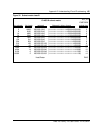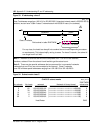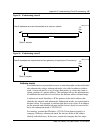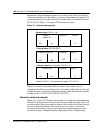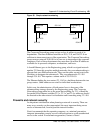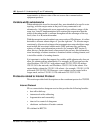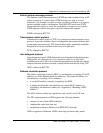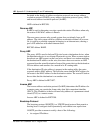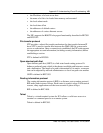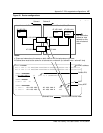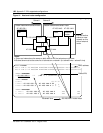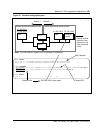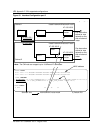
Appendix E: Understanding IP and IP addressing 163
DMS-100 Family EIU User Guide TELECOM12
• the IP address of a boot server host
• the name of a file to be loaded into memory and executed
• the local subnet mask
• the local time offset
• the addresses of default routers
• the addresses of various Internet servers
The EIU supports the BOOTP relay agent functionality described in RFC951
and RFC1542.
File transfer protocol
FTP provides a robust file transfer mechanism for data transfer between IP
hosts. FTP is used to transfer files between the DMS-100 file system and a
server or workstation. Once a connection is established, the EIU node requests
the appropriate account information (including security information) before
establishing a session.
FTP is defined in RFC959.
Open shortest path first
Open shortest path first (OSPF) is a link-state-based routing protocol. It
defines a preferred route, which is the shortest available path between a source
and a destination. The length of a path is determined by its metric, a measure
that can be adjusted by network administrators to favor one path over another.
OSPF is defined in RFC1583.
Routing information protocol
The routing information protocol (RIP) is a distance-vector routing protocol.
RIP ranks paths in terms of hops. Each router in a path is a hop. For historical
reasons, many applications use the term seconds in place of hops.
RIP is defined in RFC1058.
Telnet
Telnet is a virtual terminal system for IP. It allows a valid user access to a
terminal or command process on a remote system.
Telnet is defined in RFC495.



